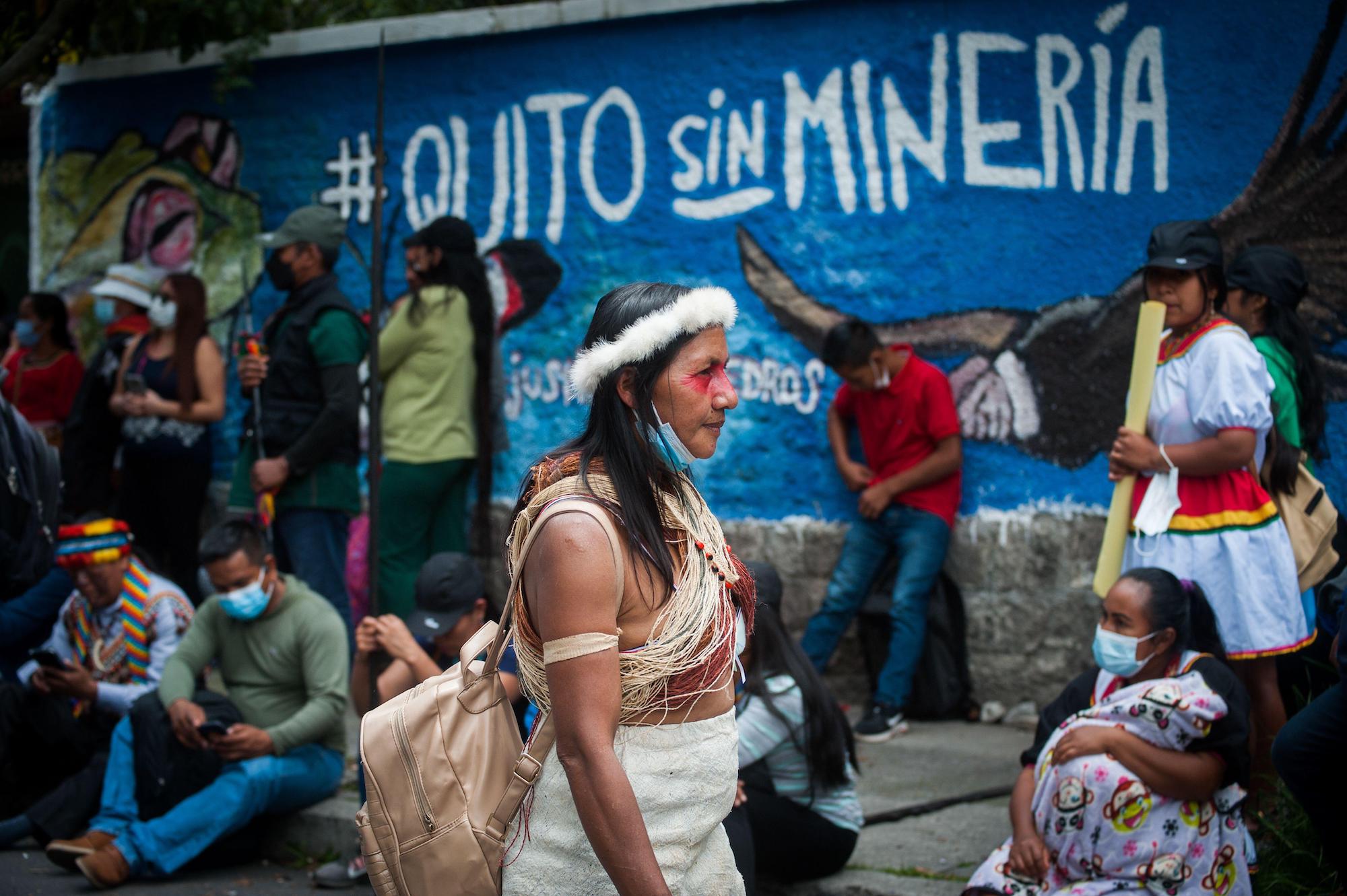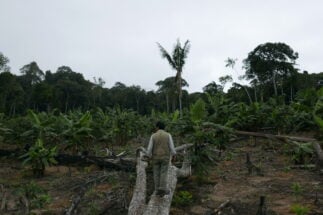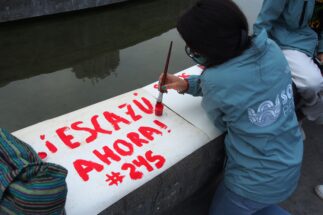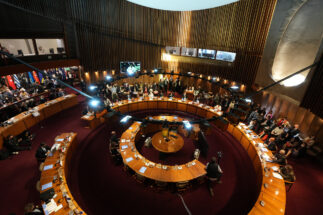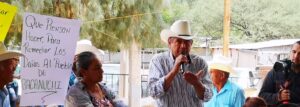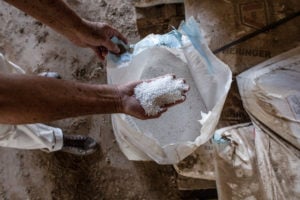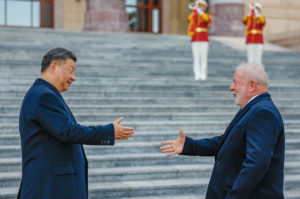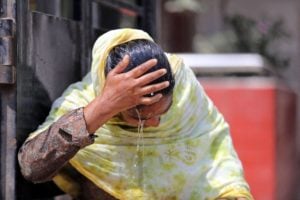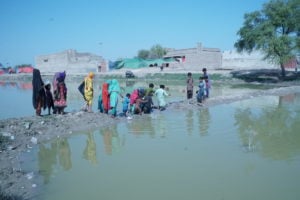Latin America has long been the most dangerous region for environmental defenders, with violence, intimidation and assassination all-too-common threats for those who seek to protect the Earth and their territories.
In the face of slow progress at national levels to protect such activists, and to guarantee rights of access to environmental information, public participation and justice, the Escazú Agreement was launched in 2018. Open to all 33 Latin American and Caribbean countries, it aims to enshrine these rights at the regional level and entered into force in 2021, and has so far been ratified by 15 states.
Ahead of an extraordinary conference of the parties (COP) to the Escazú Agreement, set to be held in Buenos Aires, Argentina on 19–21 April, Diálogo Chino spoke with Carlos de Miguel, head of the Policies for Sustainable Development Unit of the Escazú secretariat. An economist by trade, de Miguel leads research on climate change, public policy and the use of economic instruments in environmental management, and is part of the body that coordinates the agreement under the UN’s Economic Commission for Latin America and the Caribbean (ECLAC).
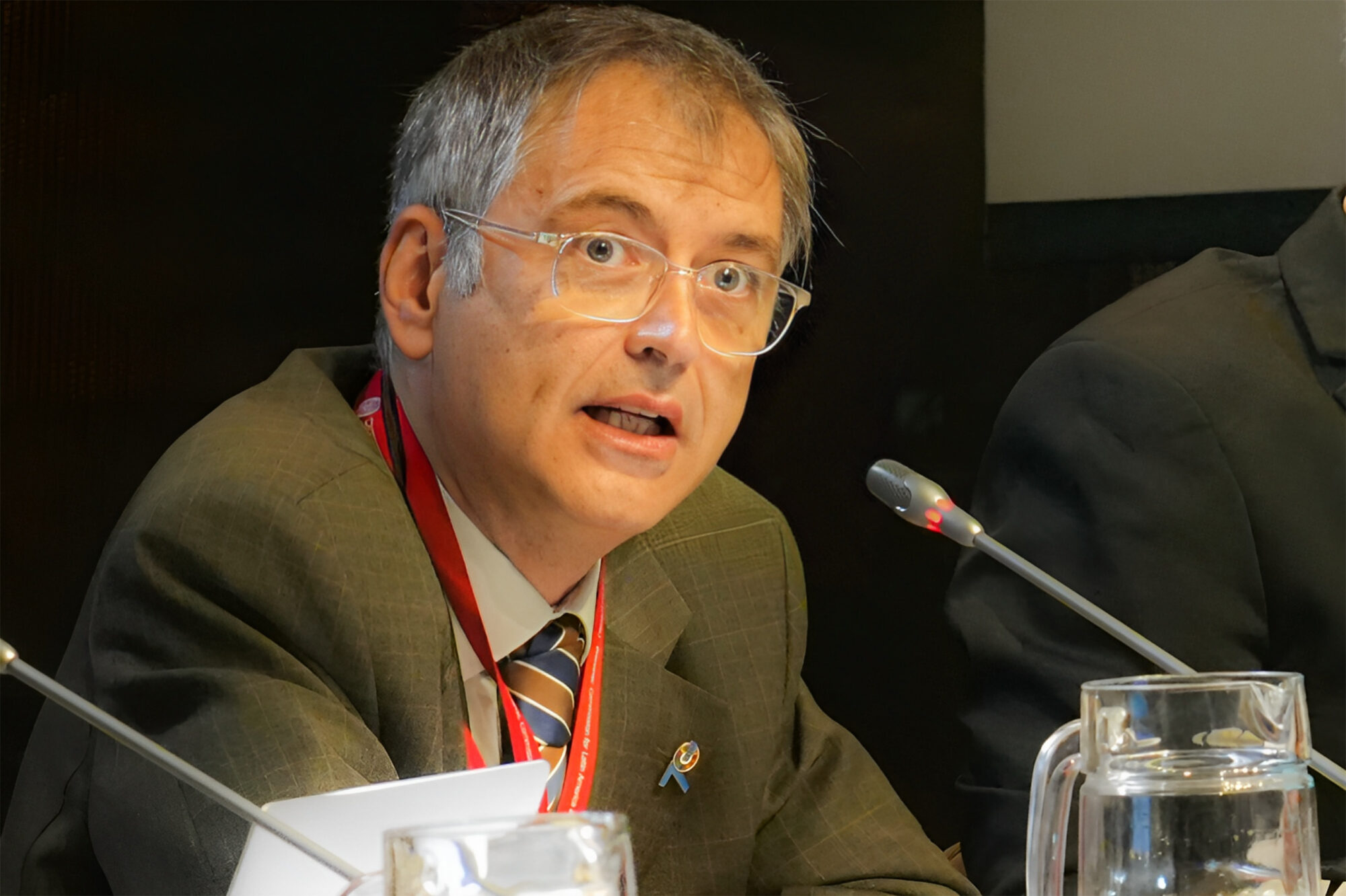
In his conversation with Diálogo Chino, de Miguel discussed the Escazú Agreement’s progress and opposition to it, and weighed up the challenges and prospects for the treaty.
Diálogo Chino: What do you consider to be the main advances for Escazú so far?
Carlos de Miguel: Beyond the approval of its rules of procedure [at last year’s COP meeting], a very important advance was made with the creation of an open-ended working group to further the protection of human rights defenders on environmental issues, and an annual forum [for defenders].
There has also been the election of six new public representatives for the agreement, a nexus for channelling public concerns, chosen through an open voting process.
Finally, progress has been made with roadmaps for national implementation plans in Chile, Argentina, Uruguay, Mexico, Ecuador and Saint Lucia. It has been an intense year of Escazú actions.
How has public participation been taking place?
The agreement is a participatory and open process: anyone can participate, provided that there are representatives in their region. So the only restriction is physical capacity, though there are also online systems. There are elected representatives who allow the concerns or recommendations of the public to be channelled. When situations arise, the representatives are the ones who raise them [to the Escazú secretariat].
In fact, the creation of the working group and defenders’ forum came from public participation and the advocacy of the elected representatives. Although at the last COP the main objective was to approve the rules of procedure, progress was still made in these areas due to stakeholder participation.
The first regional forum for defenders was held in Quito, Ecuador in November last year, bringing together the working group with experts and the public, including human rights defenders, Indigenous peoples and local communities. What were some of its proposals?
It was organised jointly with the United Nations Environment Programme, the High Commissioner for Human Rights, and we had the support of the World Bank. It helped to raise the problems and solutions on a regional or national scale, which are important inputs that the working group will move forward. The development of an action plan was proposed, which is now under construction and which must be discussed and approved at the second ordinary COP in 2024.
Why wait until 2024, given the urgency of confronting the continuing threats to and murders of environmental defenders?
One issue is that [Escazú] is advancing at the regional level and, in parallel, party states are also moving forward with their own national implementation plans. In addition, there are several countries that are specifically working to resolve the problem of defenders through the development of protocols and regulations. This includes countries that are not yet parties – as in the case of Peru, with the implementation of its Intersectoral Mechanism [for the protection of human rights defenders]. It signed the Escazú Agreement [in 2018], and although it has not ratified it, it has begun to work on the issues it covers.
Given that Peru has not ratified the Escazú Agreement, could initiatives such as the Intersectoral Mechanism be an alternative in the protection of human rights and environmental defenders?
I think it is necessary to disassociate the two. The non-ratification of the agreement may be due to multiple reasons and disinformation processes. But some actors in the government have already been making progress, as much as is possible, in several of the areas that the Escazú Agreement covers.
Strengthening the rule of law in any country will help to advance in the protection of environmental defenders – any state should be making progress in the protection of defenders, regardless of this treaty or others.
What the agreement does do is to put a focus on the problem [of threats and murders of defenders], and countries that consider this to be important are paying special attention to ensure that this does not happen. This has an impact on national priorities and on support among countries at the international level for this issue.
What is your opinion on statements by opponents of the agreement that some countries already have sufficient environmental regulations and instruments, and that Escazú would represent a “loss of sovereignty” or inhibit investments?
I disagree. If we were doing so well with what we already have, the things that are happening would not be happening. What does it mean that something is “sufficient”? It does not seem to be the reality, because not all countries have everything that is included in the Escazú Agreement. There are countries that have improved their regulatory frameworks [since signing], because Escazú is a “floor”, not a “ceiling”. Nothing will be enough because we have not solved the problem. It’s like saying “I already have a climate change law, I don’t need to do anything else.”
On the issue of sovereignty, if you read the agreement, you will realise that this has nothing to do with it. The subject with obligations [under the agreement] is the state: other actors such as citizens, companies, trade unions and academia are beneficiaries. They can request information, they have the right to participate, to request access to justice.
Moreover, there is a connection with the private sector because the agreement recommends how the processes of participation in environmental impact assessments should be done well, in order to prevent conflicts. It is conflict that slows down investment.
Can the agreement be effective without the participation of most of the countries in the region?
This is a discussion that has happened in Peru. People said “very few countries have ratified, it is basically only Caribbean countries”, as if to say that theirs was a different reality. After that, Mexico and Argentina ratified, and they could no longer say this. Next, they said “our neighbouring competitors have not ratified”, and then Ecuador, Bolivia and Chile ratified. It was no longer just a few countries. Recently, Belize and Grenada ratified. All those arguments have fallen apart.
Countries continue to ratify the agreement, but what is as important is the commitment of countries to sustainable development, to protect their communities and to use resources in a sustainable way without destroying them. If countries were to move forward like this, obviously the agreement would be a more minor tool. It is better if all the countries in the region are involved, and the more the better, because they can help each other.
